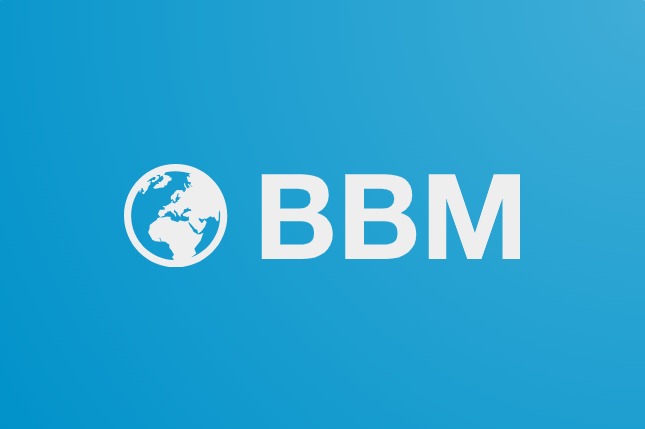Some of the links in this article are "affiliate links", a link with a special tracking code. This means if you click on an affiliate link and purchase the item, we will receive an affiliate commission.
The price of the item is the same whether it is an affiliate link or not. Regardless, we only recommend products or services we believe will add value to our readers.
By using the affiliate links, you are helping support our Website, and we genuinely appreciate your support.
[matched_title]
If you purchase an independently reviewed product or service through a link on our website, Variety may receive an affiliate commission.
Artificial intelligence has become the hottest currency in today’s job market, and Hollywood is no exception. As studios experiment with AI in visual effects, script development and marketing, and media companies weigh automation’s impact on production pipelines, fluency in the technology has become as relevant in Los Angeles as it is in Silicon Valley.
That reality has propelled Udacity into the spotlight, with its catalog of Nanodegree (shorter, skill-focused) programs designed to teach exactly the tools employers now demand. Students learn to build algorithms that drive robotics and logistics systems, or experiment with the cutting edge of agentic AI. The emphasis is not theoretical but practical, delivering projects and portfolios that hiring managers can assess at a glance.
This laser focus on AI is no accident. Udacity was born out of a viral experiment in 2011, when Sebastian Thrun, then a Stanford professor and Google Fellow, offered his “Introduction to Artificial Intelligence” course online. More than 160,000 students from 190 countries signed up, a moment that revealed an enormous global appetite for accessible, high-level technical training. By 2012, Udacity had formalized into a company with a mission to democratize education and link learning directly to employability.
The company’s early years mirrored the trajectory of other MOOC providers: wide-open, university-style courses with enormous enrollments but low completion rates. That model gave way to the Nanodegree, Udacity’s defining format, built in collaboration with partners like AT&T, Google, Nvidia and Mercedes-Benz. Each program is structured around industry-aligned projects, reviewed by mentors, and designed to be completed in months rather than years.
For entertainment and media professionals, the training is especially relevant as companies scramble to understand what AI means for their business. From recommendation systems that drive streaming platforms to generative tools that are reshaping animation, marketing and post-production, the line between tech and creative is blurring. Udacity’s programs, built on the premise of applied skills and project-based learning, offer a direct route for professionals to keep pace with those changes.
Udacity describes its mission as “forging futures in tech.” With more than 80 Nanodegrees, 350 courses and thousands of skills available, it has become a platform not only for individuals seeking to pivot careers, but for companies investing in workforce development. The company’s social mission remains ambitious. Thrun once suggested that scaling accessible technical education could “double the world’s GDP,” but its immediate appeal lies in something more pragmatic: giving job seekers an edge.
BBM JOB





